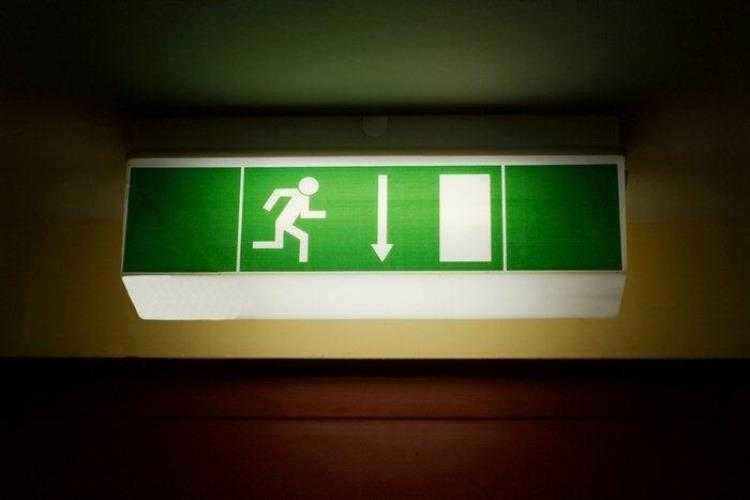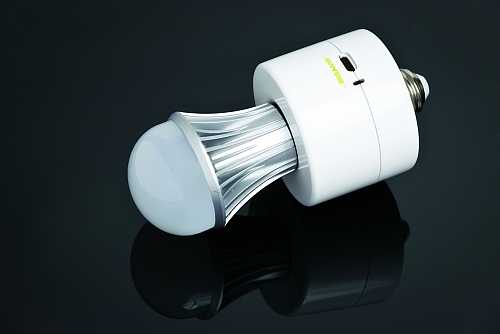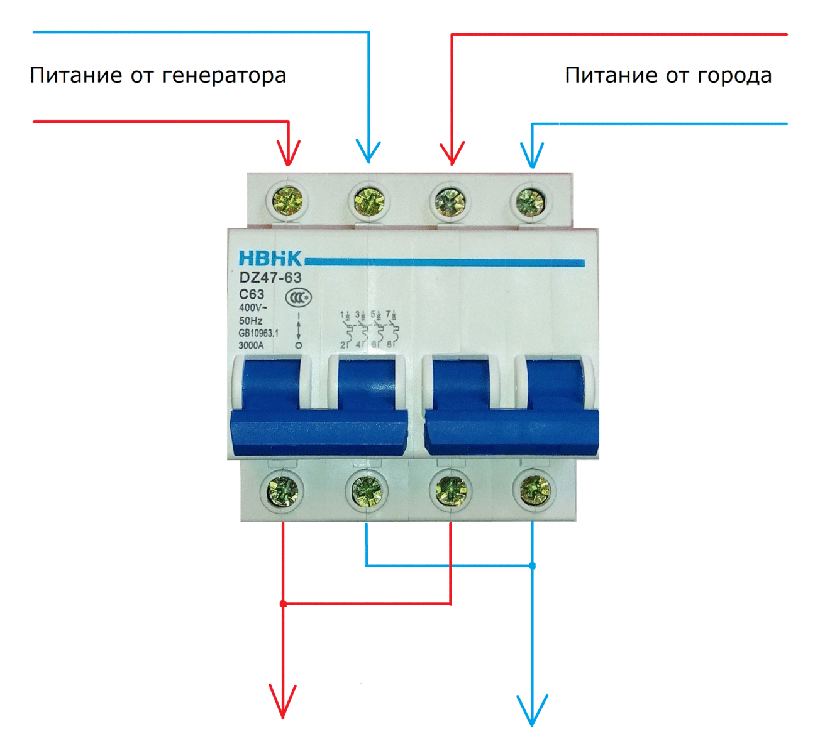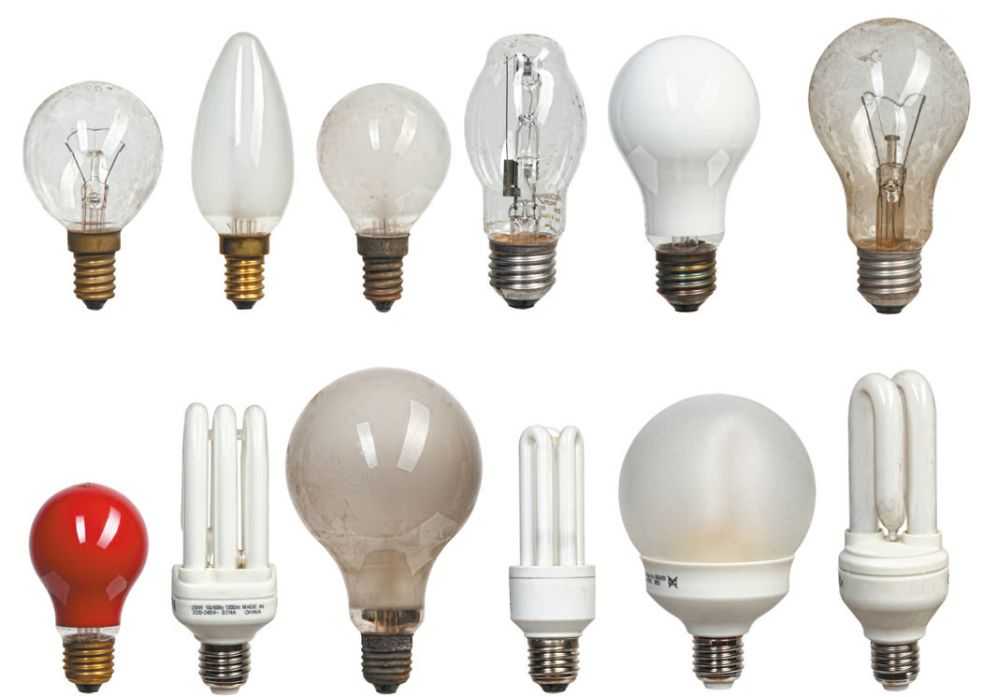In addition to the main lighting, which is used in daily work in the workshops of enterprises, as well as in the premises of administrative buildings, state lighting standards contain requirements for additional lighting. They apply to any buildings and premises where even a small number of people work, their observance is mandatory.
In the event of emergency situations caused by accidents, fires and other incidents, there is a possibility of turning off the main lighting. This greatly complicates the movement of personnel towards the evacuation exits. In order to avoid unhindered and safe movement in tight corridors, emergency backup lighting is provided. In this article, we will talk about what it happens to be, why it is needed and what requirements are put forward for its organization.
Regulations
The organization of emergency lighting is strictly regulated by documents established and adopted by law. These include:
- Federal laws responsible for fire safety and the general safety of buildings and premises.
- Codes of rules on fire safety.
- State standards indicating the required quality of manufacture and operation of various equipment.
- Sanitary and building codes that initially regulate the design of fireproof facilities.
Definition and types of emergency lighting
Emergency lighting - backup lighting, which is used in case of failure of the main lighting equipment. It is divided into two main categories:
The above types of emergency backup lighting should be present in all industries.
Emergency lighting standards
- Illumination of surfaces when starting safety lighting should be at least 10 lux for incandescent lamps and at least 15 lux for fluorescent counterparts.
- Escape lighting should provide at least 0.5 lux for tight spaces and narrow corridors. In open areas and in large rooms, illumination from 0.2 lux is allowed.
- According to sanitary norms and rules, the following situations are equated to each other:
- the production area of one workshop is more than 150 sq. m;
- the building has a room where more than 100 people are simultaneously;
- a room where there is no natural light and at the same time there are from 50 to 100 people.
In all three of the above cases, it is mandatory to place arrows on the evacuation routes, which are directed towards the emergency exit. They should be located on the walls or ceiling in the visibility zone of the evacuating personnel at least every 25 meters, as well as at every turn. Instead of luminous arrows, it is allowed to use a decorative emergency lighting luminaire with an arrow pattern, which is made in accordance with the state standard and is suitable for this purpose.

- Regardless of the purpose, all emergency lighting must be connected to a backup power source and in no case be dependent on the main power supply. Emergency backup lighting of both types must necessarily complement each other, not depend on one another. To do this, usually each network is connected to its own emergency power source.
Organization of emergency lighting
As mentioned above, in production and in administrative buildings, it is mandatory to have emergency backup power supplies with automatic start. There are two main ways to install redundant networks:
- Laying another AC network, which is parallel to the main one. It has the same power and voltage. Reconnection is completed within one minute, thereby ensuring uninterrupted operation in production. However, a parallel power grid is not laid everywhere, the list of consumers is divided into three categories according to the emergency lighting device.
- The first category includes objects of strategic importance, where a power outage, even for a short time, can lead to large-scale emergencies, injury or death of a large number of people, violation of state security, mass shutdowns of important industries and other accidents. Such facilities must necessarily have an additional electrical network with a capacity similar to the main one. In the event of a failure of the backup power grid, emergency lithium-ion batteries should be used with parallel connection of diesel or gasoline electric generators. It is also possible to use other emergency sources that will be able to maintain the operation of the facility for a sufficient amount of time so that repairs can be carried out to restore the power supply.
- The second category includes production facilities and other facilities where the lack of electricity can lead to significant downtime for a large number of employees, mass product defects, and disruption of production-dependent nodes. Here, the same emergency power measures apply, but slight downtime is allowed without it. The main difference is that the triggering of the safety lighting is done manually by the responsible operator. Almost all production and administrative buildings belong to the second category.
- There is also a third category - at such facilities, downtime of production without electricity is allowed for no more than a day. There is usually no powerful emergency light source here, and evacuation and safety lighting is switched on automatically from diesel generators or batteries (both automatically and manually, evacuation only turns on automatically during a fire alarm).
In small rooms, it is allowed to install special lamps and lamps that have their own battery. They continue to burn even when the main light source is turned off and are recharged when the latter is restored.

Requirements
Do not forget that such lighting ensures the safety, first of all, of human lives. The health of the personnel depends on the correct installation and compliance with the requirements of state standards, so you should definitely not neglect the requirements. Below is a summary of the basic requirements for emergency lighting, the implementation of which is necessary and mandatory.
- Emergency lighting of any type can work either constantly, supplementing the main light, or switched on automatically or manually when appropriate situations arise.
- If the transfer to the backup power source is automatic, it is imperative to provide a mechanism for the reverse transfer when the main network is fully restored and put into operation.
- If an automatic transition from emergency to main power is not possible for technical reasons (the nuances of the sources used), a special shield with mechanical switches capable of cutting off and connecting various sources is necessarily provided. When the main network is restored, the responsible operator must manually turn off the backup source and activate the main one, following the technical standards of operation and following safety precautions.

Switching circuit between power supplies
interlocked
- A separate point is to mention the requirements that apply to lamps with batteries. Due to their low power, they are most often used as evacuation lighting elements, so they are turned on extremely rarely. For lithium-ion batteries, there is such a thing as self-discharge - if it is not used for a long time, it can completely discharge. In this case, at the most important moment, the lamp simply does not light up, disrupting the evacuation plan. To avoid such situations, lamps made in accordance with state standards are equipped with a remote control with which you can manually check the operability of the latter, and in case of battery discharge, recharge it.
- Not every lamp is suitable for organizing emergency lighting. In evacuation luminaires, only incandescent lamps are allowed due to their minimum requirements for a light source. If the fluorescent lamp does not use a starter to start (does not blink when turned on) and is operated in rooms with a temperature of at least 5 degrees, then it can also be used. It is also allowed to use special LED lamps, which are designed for stable operation in a wide voltage range - very important for backup power in case of using generators.

- It is strictly forbidden to install more than 20 light sources to one emergency power line. At the same time, their total power should not exceed 60% of the capabilities of the protective equipment of this network.
- Lighting devices should be located in such a way as to ensure the same or as uniform as possible illumination of the entire evacuation route. There should be no sudden changes that could blind or disorientate a fast moving person.
- All lighting devices that indicate the direction of movement must have clear and understandable patterns that are visible to any person looking at them. Aggressive and distracting colors that develop a sense of panic are not allowed - green is ideal. It is quite bright and noticeable, while not confusing.
- All equipment that is designed to connect and disconnect all types of lighting should be located in places convenient for maintenance, while being protected from penetration by non-serving personnel. This equipment must be closed in refractory cabinets, have clear and clear designations of all units and elements.
- In no case should you install an emergency power supply network in parallel with the main one. If the latter is damaged, the chances of an accident on additional wiring also increase significantly. The backup network must have its own laying and independent nodes, all installations (including wires) must be reinforced with fireproof partitions for increased resistance to fire and other destructive factors.
- The emergency lighting system and related elements should not be routed through rooms where there is a high probability of an accident or fire. Starting and switching elements must be located away from dangerous objects for easy access to them in any situation.
- It is required to regularly check all the nodes of the main and backup lighting by starting them up and fully working out the switching mechanisms. Such a check can be carried out using special test programs, which are necessarily equipped with consumers from the first category. For the second and third categories, it is allowed to conduct a training evacuation in coordination with the relevant security authorities.

Conclusion
In no case do not ignore the rules and requirements for emergency lighting. Remember that in the event of an emergency, it is spare power sources that will help preserve the health and lives of personnel, save important equipment without disrupting the operation of objects of any importance that depend on you. Regularly check all electrical networks and always be careful - an emergency can occur at any moment.

